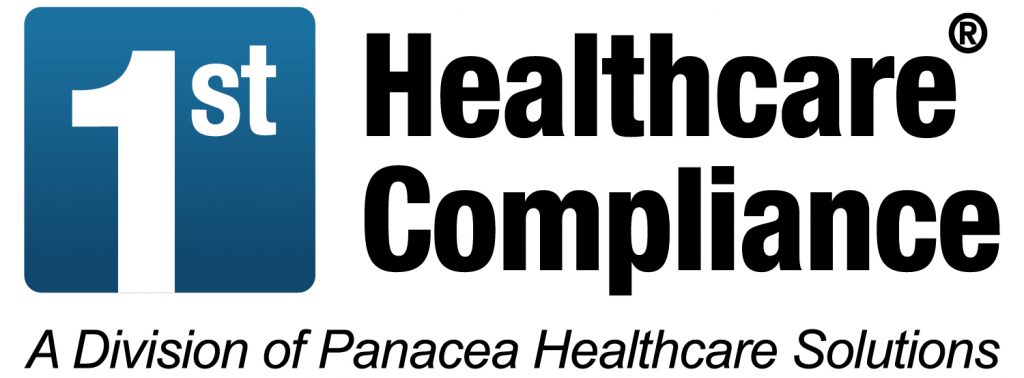Is your staff practicing hand hygiene that complies with your policies and procedures?
Compliance with hand hygiene is one of the most important ways to prevent spread of infection. In the United States about 1 in 25 hospital patients a year acquire an infection during their hospital admission. Transmission of pathogens can potentially occur at many points of contact with the healthcare provider. Best practices for hand hygiene include hand cleansing prior to any contact with the patient, after contact with the patient, and after glove removal.
Education on the necessity of hand hygiene practices is essential to ongoing employee training. The risks of transmission should be addressed including the morbidity, mortality and the cost of preventable infections. Techniques and selection of hand hygiene agents should be reviewed often. Good role models such as patient care managers or supervisors demonstrating consistency are the key to success.
Understanding possible reasons for poor hand hygiene practices amongst healthcare workers may help develop solutions to this avoidable problem. A recent study in the Journal of Applied Psychology, “The Impact of Time at Work and Time off from Work on Rule Compliance: The Case of Hand Hygiene in Healthcare” demonstrates an overall decrease in hand sanitation compliance over a 12 hour work shift especially if the workload intensity increases. When planning staff training for hand hygiene, other identified risk factors for poor quality hand-hygiene practices should be considered such as the following:
- Physician (vs. nurse)
- Nursing Assistant (vs. nurse)
- Male sex
- Working in ICU
- Working during the week (vs. weekend)
- Wearing gloves or gowns
- Automated sink
- Activities with high risk of cross-transmission
- Insufficient time
- Inconvenient location of sinks
- Dryness or irritation from hand-washing agents
- Lack of knowledge of guidelines/protocols or skepticism regarding value
- Lack of good role models
see Infection Control Hospital Epidemiology, 2000
